Projects Overview A2/II Fiber and interphase modification for energy adsorption at high strain rates
A2/II Fiber and interphase modification for energy adsorption at high strain rates
The aim of this subproject is to make a numerical model of cement based composites which fibers are modeled explicitly and represented by embedded elements.
To this aim, our in-house program CaeFem has been developed to analyze simple regular discretization of heterogeneous mesoscopic continuum with discrete distinction of aggregates or void from a matrix with different discretization approaches and comparisons are made with a commercial FEM program-DIANA. A material model is implemented and assigned to bond element to connect embedded fibers to continuum which fibers are distributed randomly within the simply discretized continuum. The next three steps will be: modeling of random geometry (for position, orientation and length of fibers, position and size of aggregates, comparison of approaches to model continuum with embedded fibers and embedded smeared or discrete cracks using FEM (SDA and X-FEM), EFG and iso-geometric methods and implementation of physical nonlinearities regarding fiber, bond, aggregates, matrix. Incidentally, the behavior of composite under quasi-static loading, as a necessary prerequisite for dynamics, will be validate by experiment results provided by Institut für Baustoffe.
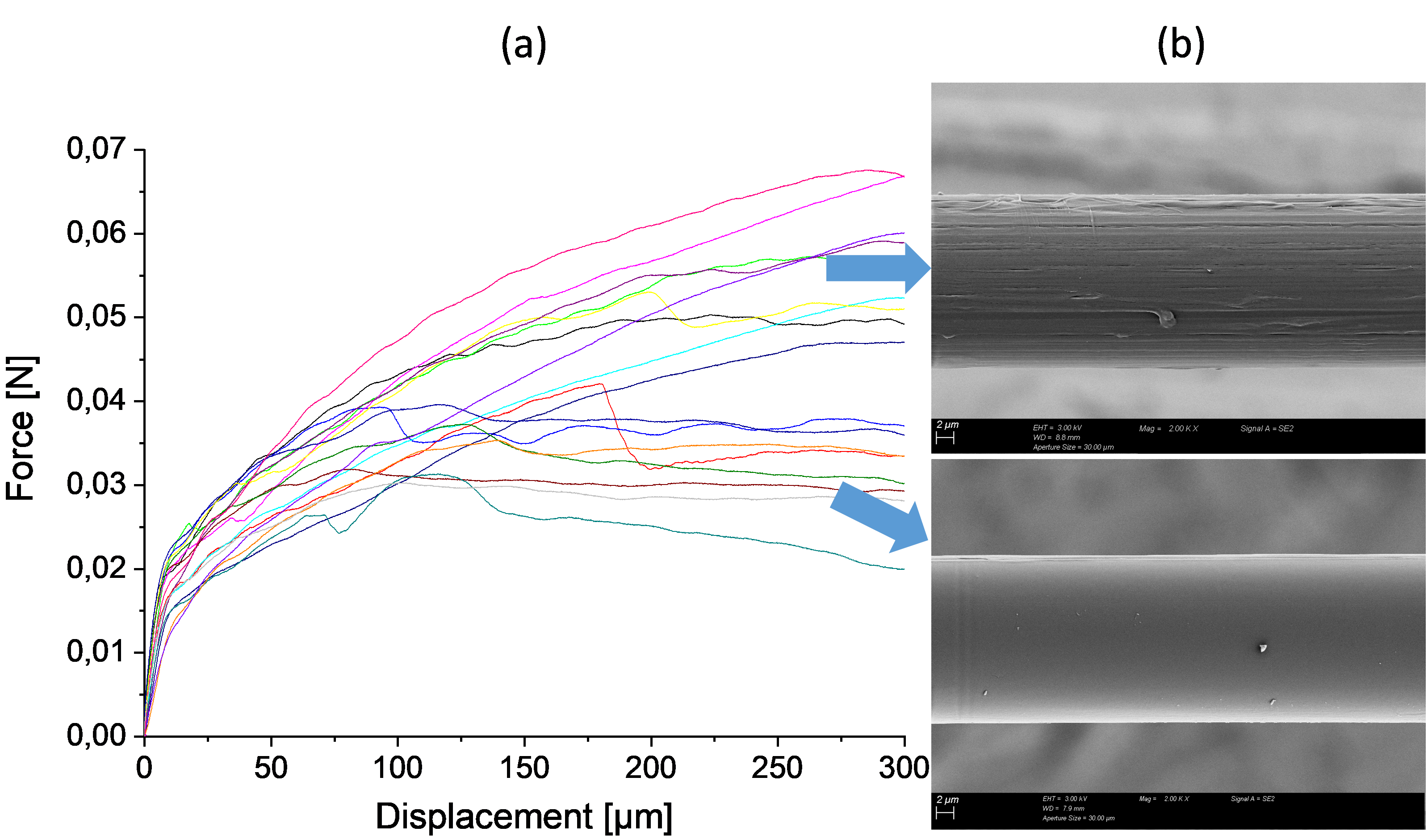
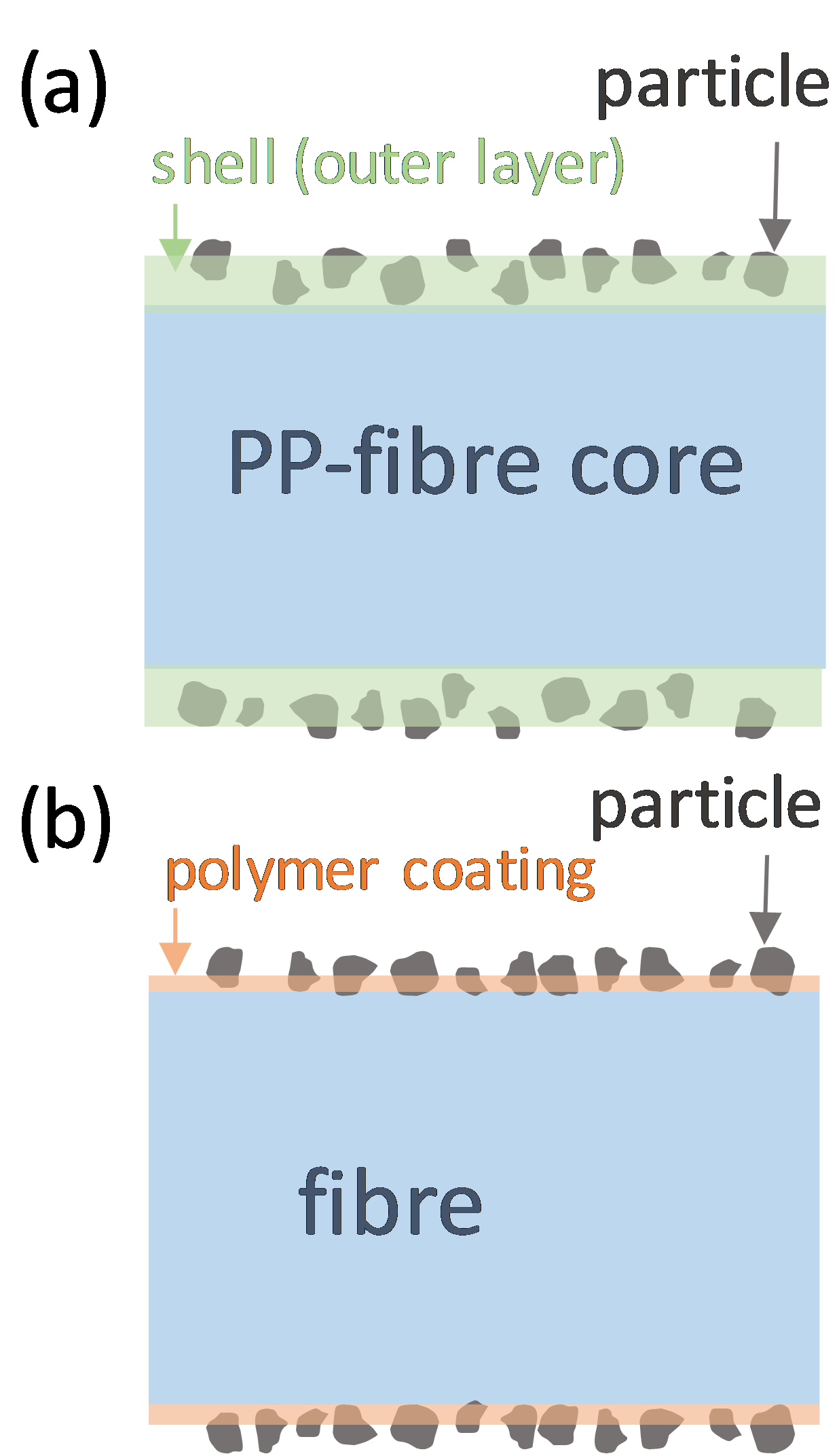
Contributors
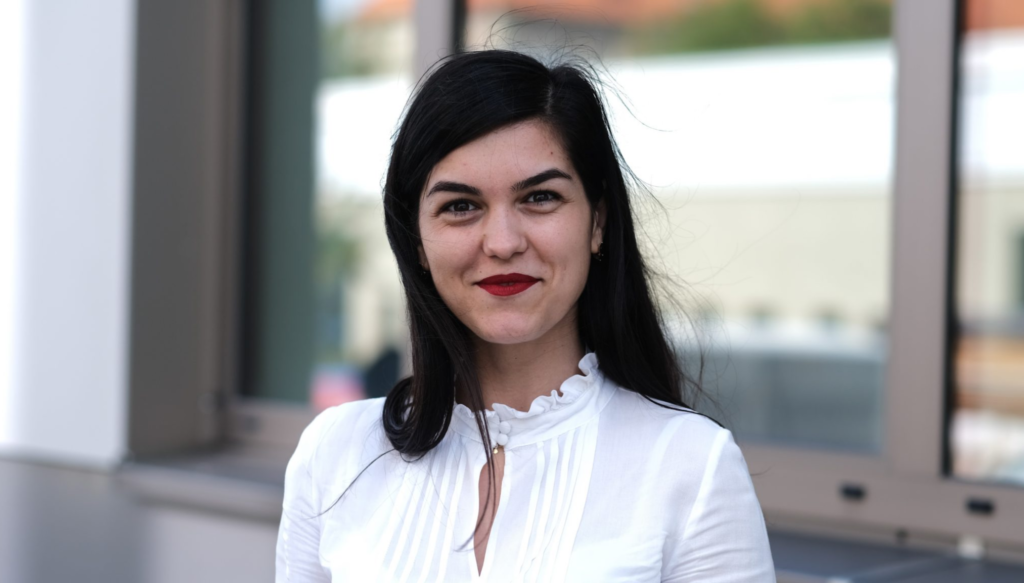
© Tin Trong Dinh
Doctoral Researcher
(2020-2023)
Mihaela-Monica Popa, M.Sc
Leibniz-Institut für Polymerforschung Dresden e.V.
Department of Reactive Processing
Hohe Straße 6
01069 Dresden
Germany
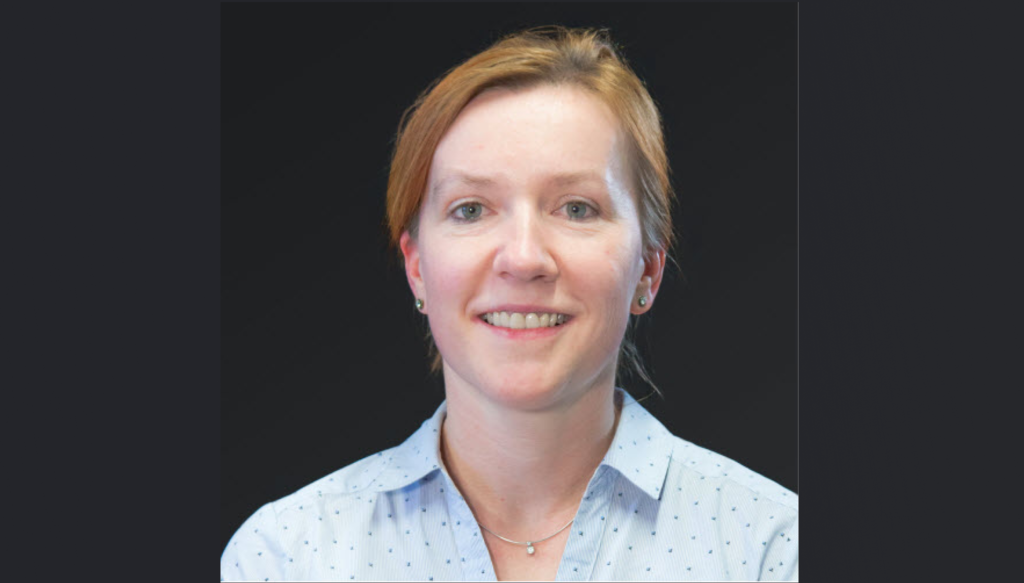
Principal Investigator
Prof. Dr.-Ing. Christina Scheffler
Institute of Textile Machinery and High
Performance Material Technology (ITM)
Hohe Straße 6, Room 138
01069 Dresden
Germany
- scheffler@ipfdd.de
- Institute
- +49 351 463 39300
- +49 351 463 39301
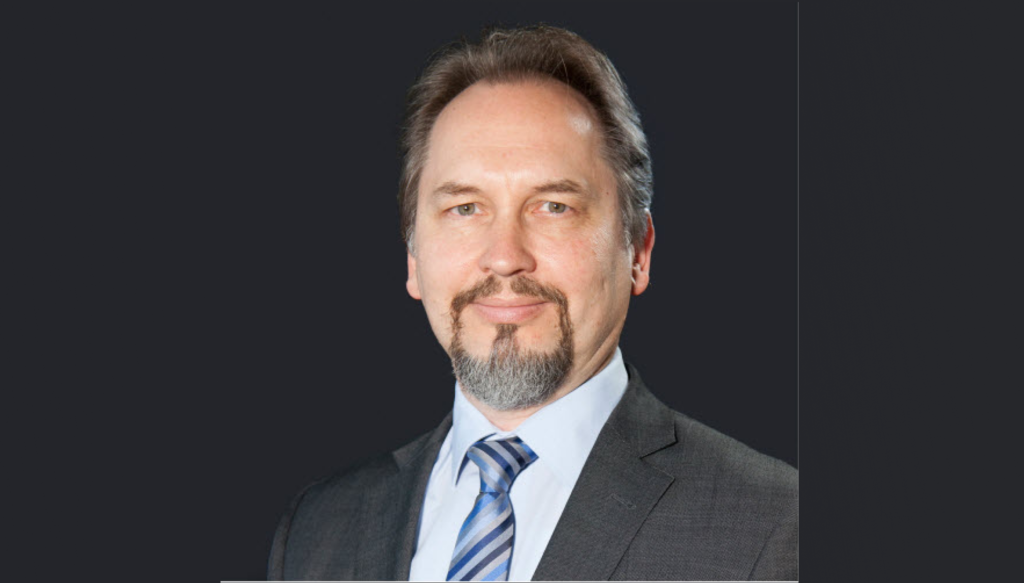
in cooperation with
Univ.-Prof. Dr.-Ing. Viktor Mechtcherine
Institute of Construction Materials
Von-Mises-Bau, 3rd Floor, Room 315A Georg-Schumann-Straße 7
01187 Dresden
Germany
- Mechtcherine@tu-dresden.de
- Institute
- +49 351 463 36311
- +49 351 463 37268

